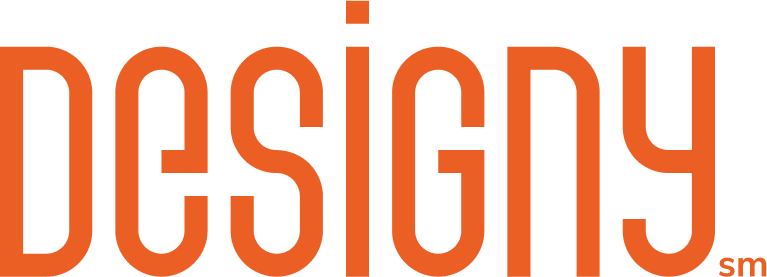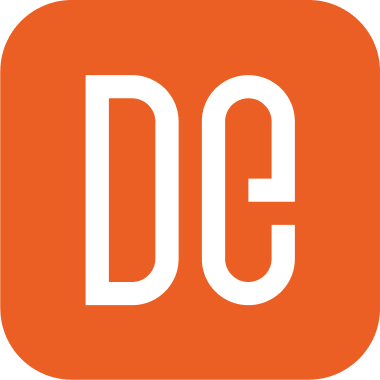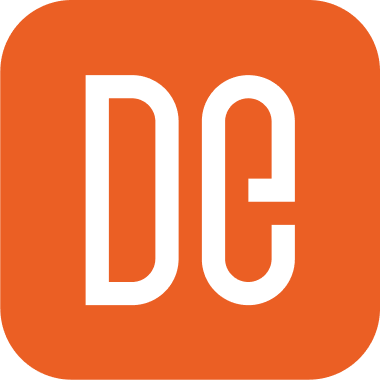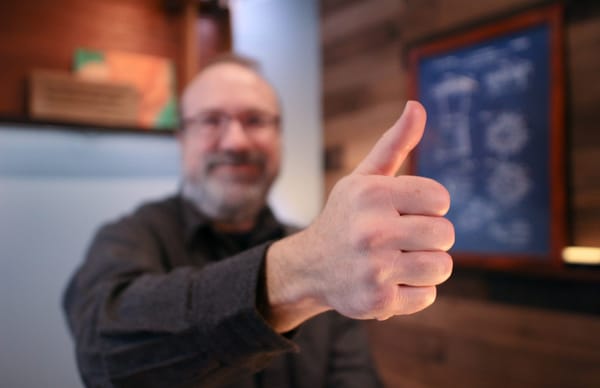(K)no(w) Purpose, (K)no(w) Design.
Go beyond guessing what stakeholders want, hone in on what matters, and make something extraordinary.

You know when something is well-designed. You don’t need an explanation, you see the value and incorporate that something into your life.
You also know when something is not well designed. That’s just as obvious. The friction between what you want to do and what you actually can do is in your face.
This is the state of everyone one who consumes designed things—we love or we abandon at will (or drudge on through the friction because we have to).
But as a Designer, I live in the space before the consumer reacts. I have to create something useful, something needed, something effortless. How do I do it?
There is a process.
Wait, rewind that description: as a commissioned Designer, I live in the space between the customer’s reaction and the expectations of the person funding the work to design something.
As a designer who works on digital products, I serve both the customer and the stakeholder simultaneously.
Many times I’m approached by a stakeholder with a request to produce something effortless and to do so on demand. This person has some desired outcome in mind, and the means to hire someone to do it. Yet, the Consumer part of their thinking is used to seeing end products and not the process it took to get it there. Ignoring this design process shortchanges the ability to meet the customer's needs let alone create any true innovation.
So what drives the design process? Is there something that would allow stakeholder and designer to work more effectively together?
Yes, yes there is.
It is you.
If you don't design on purpose, then you’re designing by accident
Let's say you want to go on vacation. Do you simply hop onto the next plane? Why not? You want to go on vacation, don't you?
But there are a thousand questions:
- Where am I going?
- When should I go?
- How long should I stay?
- What's the best way to get there?
- How much will it cost/can I afford it?
- Who should go with me?
Not to mention the secondary questions:
- What's the weather like there?
- What clothes should I pack?
- What will I do when I'm there?
- Will I bring anything back?
- And so on...
Each of these answers affects what type of vacation this will be, and some have a greater effect on the overall result than others. Answering the where question with Alaska will result in a drastically difference vacation than answering with Arizona.
Effective software design drives towards a purpose with every design decision.
In software product design, there are very apparent and pressing constraints. Not only around available budgets, but around available time. There's no luxury to peel off week after week in order to "see what happens" for a product or a feature. There are hundreds of design decisions which impact what gets engineered and delivered.
No Purpose
The Accidental Designer is one who may desire to create great results, but doesn't know how to get there intentionally. This may be due to unclear requirements by stakeholders, assuming everyone already knows the purpose, or simply having a superficial purpose from the beginning.
This designer creates accidental designs when they work extremely hard over multiple dozens of iterations. Each time the stakeholder says, "No, that's not right," and they go back and try again.
Accidental Designers get stuck in this loop because they may not know how to explore concepts deeply, merely follow design trends, guess in an unknown knowledge domain, or don't know how to ask stakeholders key questions.
The bad news is without a purpose, designing becomes guesswork.
The good news, is you can overcome these and start designing on purpose.
Purpose drives it all
“I can’t believe I designed it wrong,” said a colleague returning from a review meeting.
He put much effort into his design and had to present it to a panel of stakeholders for approval. In the meeting, he received new information from the stakeholders that invalidated some of his design choices.
He was forlorn, but the reality is he wasn’t wrong. He had created a design in response to the conditions and understanding he had at the time. That doesn't mean he was successful. In his mind he thought he failed. He didn't realize it was only a step in the process of designing.
In fact, no design is ever wrong. If it could be wrong, there would be a single, perfect design which one could use for comparison. Designs can only be right or wrong in the presence of an absolute. However, we're designing for a future outcome we can't observe. In that sense, we're continually striving to take our designs from weak to strong so they fulfill their purpose.
And the only way to fulfill a purpose is to know it.
Know Purpose
A purpose isn't just one thing. It's not a single statement, or a goal, or a KPI. While you can associate a metric to it, it's more than metrics. We're more than metrics because we're made as rational and emotional beings. The whole person is reflected in the things we make. If not, it feels artificial.
Purpose is a statement of an intended outcome, not a thing-to-be-done.
This doesn't always set well with business people. Metrics are the lifeblood of a business, or so they think. Sure, you could fly an airplane using only the instrument panel, but if you aren't looking out the window at the incredible vistas you might as well be with the luggage. Businesses are people-centric, so it's not surprising that the purpose of software includes softer requirements.
Can you give me an example?
Let's say a stakeholder wants a search feature in the product. They may believe requesting it is giving you a purpose, but it's really a prescription. That is, what they mean as an intended outcome is really a thing-to-be-done.
It is easy to mistake a prescription for a purpose. Even though everyone in the room can describe a search feature, no one can explain what the result of having one in this case and for this product. So at the moment, the purpose amounts to, "Allow the user to find items." That's not only extremely high level, but also extremely vague.
The Accidental Designer may take that request, open their design tool, and start by placing a search field on the screen (somewhere, maybe in the header). They may add a search button (or not), and then create a screen of search results (based on something they saw on Amazon). So far, this isn't rocket science.
But there are a thousand unanswered questions:
- Does the user always need search?
- Are there any limits to what needs to be searched?
- What does the user need to know about any search result item in order to select one?
- And so on...
While the stakeholder's search feature is satisfied at a high level, the actual design presented to the stakeholder is unlikely to satisfy their intended outcome. There are so many possible, unspoken design decisions unexplored and left up to chance. When the design review meeting gets underway, the designer sits there sweating while the stockholder tries to establish some sort of direction by art directing the design. No purpose, no design.
The Purposeful Designer, on the other hand, hears the prescription and asks, "Let’s imagine the user has the ability to search. What will that enable them to do?" The response may be along the lines of, “They will spend less time browsing the inventory,” (industry app) or, “They would find the items on sale” (retail app).
Asking how the prescriptive feature enables the user uncovers the true purpose from the request.
Starting with the purpose of "spending less time browsing" suddenly gives breathing room to what's possible. A search is not the only way to fulfill that objective because it's not a thing-to-be-done.
The Purposeful Designer can now propose one or many other ways a user can spend less time browsing. Perhaps it's a location-aware feature that knows where they are in the warehouse, or maybe it's a list compiled of previously used items that are ready to be refreshed. The possibilities go on and on.
Now you’re in full-blown ideation mode.
And like that, step by step, we open up possibilities and find new ways to benefit our users.
Three ways you can learn how to design on purpose
1.) Easy: Subscribe for free to my newsletter
2.) Serious: Get specific with 1-on-1 UX Product Design coaching
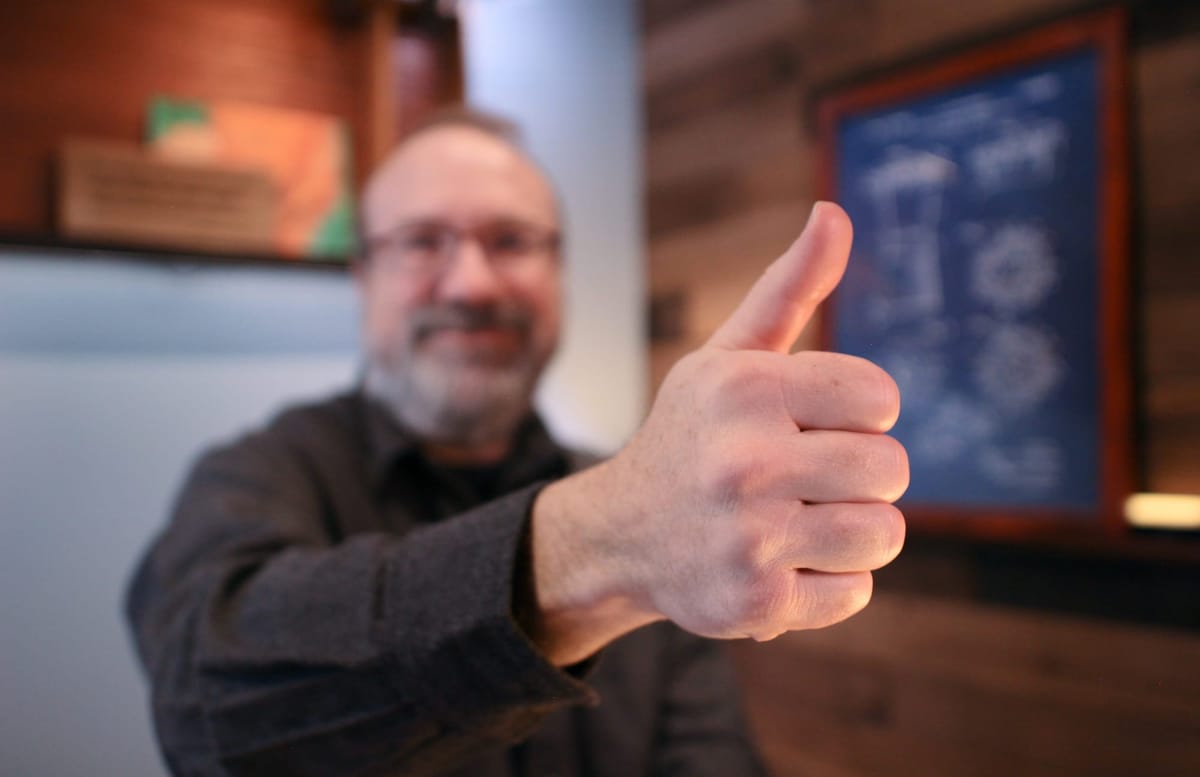
Check this out and schedule a free discovery call
3.) Broad: Let me help design your product or advise your team
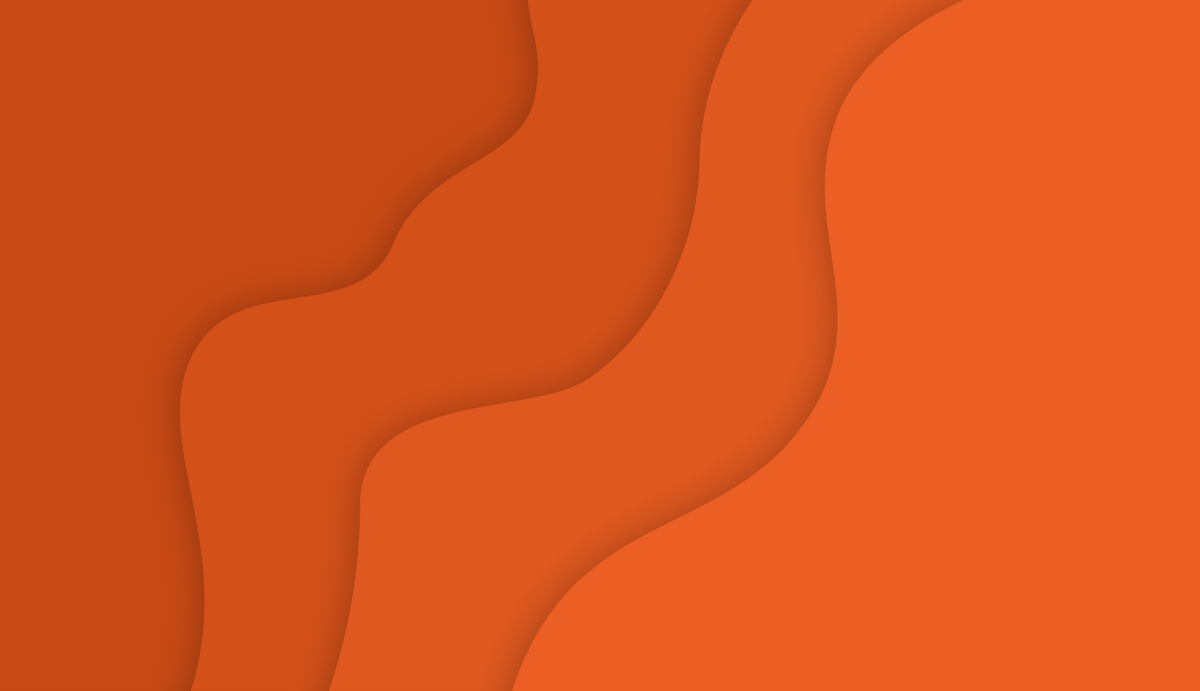
See my focus areas and set up a free discovery call
